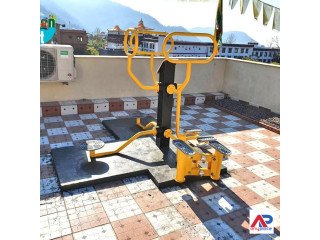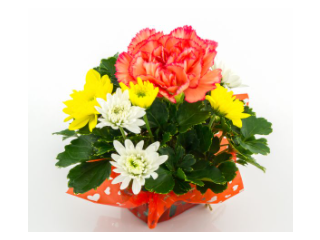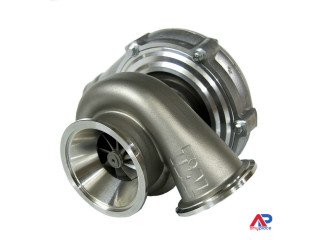Liquid filling machine trends: Today's equipment is more versatile
2021-12-14 08:49 Furniture & Appliances Barddhamān 211 views Reference: 202Location: Barddhamān
Price: Contact us
Liquid filling machine trends: Today's equipment is more versatile
Whether you’re a newcomer to the world of liquid filling equipment or an experienced user looking to upgrade or change your production line, browsing websites and product catalogues in the search to source a suitable machine can be more than a little confusing.
Overflow or gravity machine? Piston or pump? Automatic, semi-automatic or manual? Hot or cold-filling? In-line or rotary filling? Off-the-shelf or turnkey? Fortunately, with so many choices out there you’re likely to find the ideal solution for your particular application – however, finding it requires that you do a bit of homework and adopt a systematic approach.
To simplify the process, you may find this guide to liquid filling equipment useful. It identifies key questions which will help you narrow down your search and focus only on those systems that meet your objectives.
The first question to ask is what product is being filled?
Not all liquids are the same. Some are free-flowing, others are very viscous. Some contain particulates or flammable ingredients, others are foamy whilst the viscosity of some products may change when the temperature changes. The important thing to remember is that type of liquid filling equipment that you choose has to be compatible with the product type. For example, a gravity filler is more suitable for thin products, piston fillers are a better option for thick products than overflow filling machines and bottom-up filling machines are used for foamy products.
Another key question to ask is what type of container is being filled?
In many instances, the type of container or bottle will dictate the type of filling technique and the more you know about the attributes of the container, the better. What material is it made from (e.g. glass, aluminium, plastic) and what are its dimensions and characteristics? This information is important because it will determine the optimum performance of the equipment and the best equipment type. For example, an automatic bottle filler which grabs a container from the side may not actually be the best option if your container is very wide and a top filler may not work if your container has an unusually-shaped cap or lid.
You need to ask how many containers do you want to fill every hour?
Knowing your production rate is also a crucial factor in your equipment selection.
A semi-automatic filling machine would be a cost-effective and reliable solution for smaller production runs like those in a laboratory or in a start-up venture, whilst an automatic filling machine with a sizeable conveyor is ideal for larger-scale operations with much higher production rates. For operations with very low production rates and no expansion plans such as a home brewing venture or small-scale home-made sauce business, a manual machine could fit the bill.
You also need to ask yourself, how do you want the final fill-level in your container or bottles to look?
Appearance does count, and different filling systems have different outcomes. For example, a liquid level machine will fill every container to the same specified level regardless of the volume of the product, making it a preferred product where uniformity is important. On the other hand, a volumetric filler will fill a container with the identical volume of liquid even when the fill levels may appear to be variable. Volumetric fillers generally cost more as they require specialized instruments for calibration, balance and timing.
Some of the types of liquid filling machine include:
gravity fed fillers (a good, cost-effective option for efficient volumetric filling especially for low viscosity and foamy liquids);
piston fillers which use a highly accurate volumetric filling technique, ideal for thick or highly viscous liquids. These are divided into two types, namely check-valve piston fillers and rotary valve piston fillers;
pump fillers which are very versatile and suitable for a wide range of liquids and viscosities
in-line filling machines (a cost-effective choice for filling containers in a line) which are suitable for those operations where different container sizes are involved; and
rotary filling machines (which are often much larger and more specialized) for faster speeds and higher production rates.
Another question is whether your filling equipment can be modified if your needs change?
It’s often not necessary to buy new equipment just because your business has expanded or you want to add new products or packaging to your line. An experienced manufacturer will have the knowledge and skills to advise whether your liquid filling system can be modified and will make recommendations to future-proof your investment.
Choosing the best liquid filling equipment is a complex decision and many factors need to be considered. From product characteristics and container attributes to fill size, production rates, regulatory issues, safety requirements and expansion plans, if you answer the questions highlighted above, you’ll be in a strong position to make an informed choice which factors in all of these issues.
However, your best option is to talk directly to industry professionals, like AccuPak. They are one of Australia’s largest suppliers of all types of packing and filling equipment and they will work with you to identify the most cost-effective and practical solution. They know the critical factors required from all packing, filling, bagging and palletizing machinery and equipment - i.e. versatility, flexibility, reliability, accuracy and affordability.














